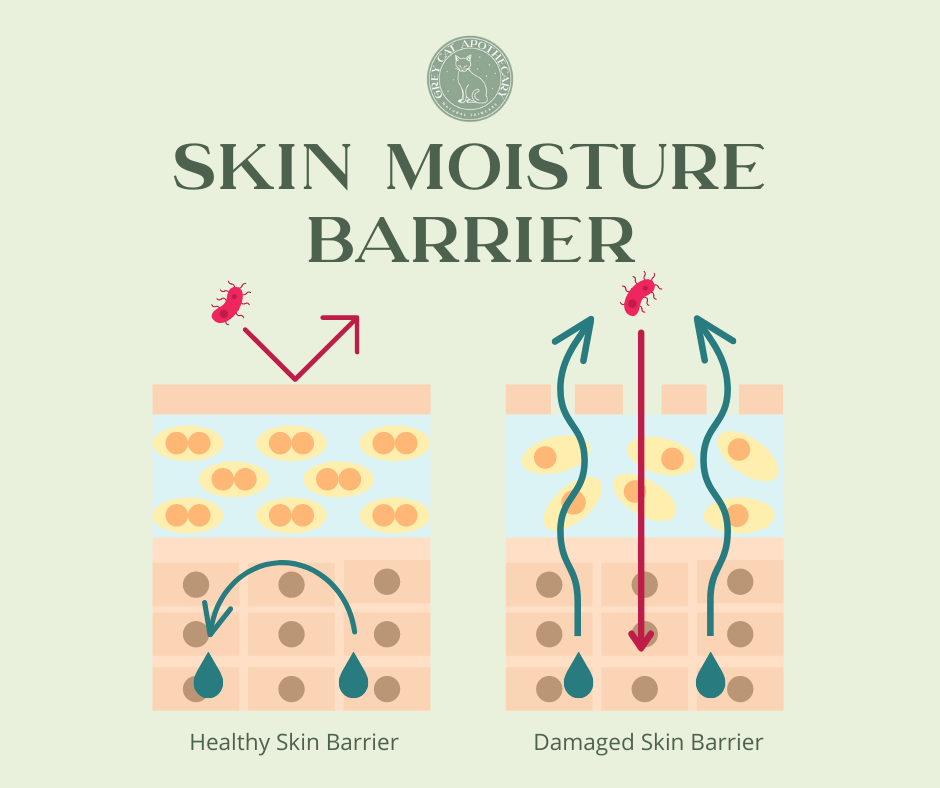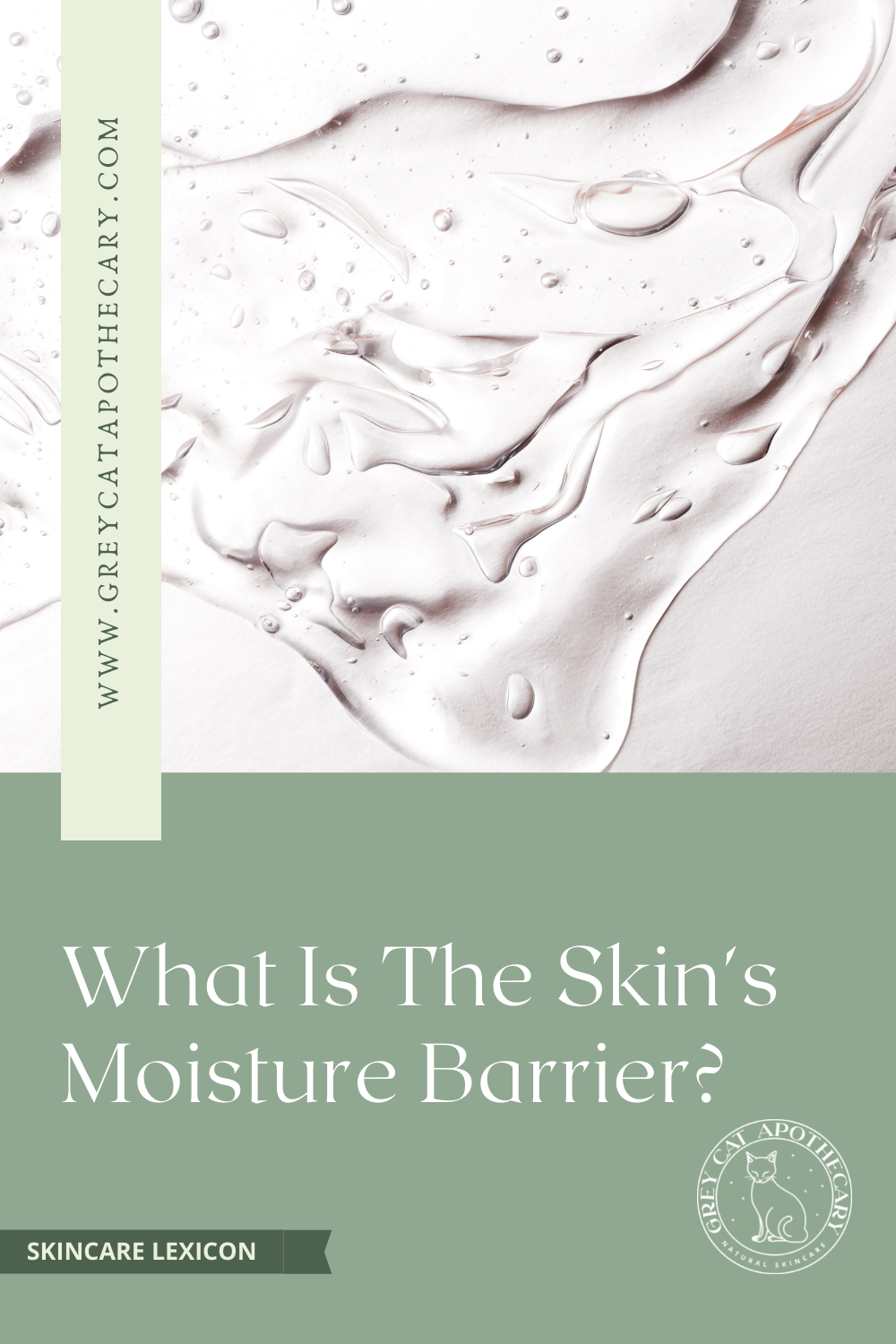What Is The Skin’s Moisture Barrier?
And how do I protect it?
The skin’s moisture barrier is located in the first layer of the skin, known as the stratum corneum. This layer is made up of dead skin cells that act like little bricks and lipids (oils) that cement the dead cell bricks into place and protect the skin from water loss and pollutants and irritants.
The moisture barrier goes by many (many, many) names, including the lipid barrier, the water barrier, the skin water barrier, the acid mantle (which really refers to the acidic outermost layer of the stratum corneum), the barrier function or just the stratum corneum. To be honest, for a very long time I thought these all referred to different things, but after quite a bit of research it just seems like everyone decided to pick their own name but they all refer to the same skin function or a part of the same function.
The skin’s moisture barrier comprises two types of lips: 1) epidermal lipids, such as ceramides, free fatty acids, and cholesterol, and 2) sebaceous lipids, such as triglycerides, wax esters, and squalene.
What happens when the skin’s moisture barrier is damaged?
There are a whole host of conditions that can arise when the skin’s natural moisture barrier is damaged, including:
Trans epidermal water loss (TEWL), which leads to skin dehydration [hyperlink]
Rosacea
Flakiness, redness
Stinging when skincare products are applied
Increased breakouts due to lipid imbalance
How does the skin’s moisture barrier get damaged?
Like the many conditions that can develop when the skin’s moisture barrier, there are a myriad of ways your skin’s moisture barrier could get damaged.
Common culprits include:
Over exfoliation
Stripping cleansing products such as foaming ingredient SLS (Sodium Lauryl Sulphate/Sodium Laureth Sulfate) or alcohol toners
Dry air
Dehydration
Too many strong acids, other actives
Stress
Neglecting your hydration and moisturization practice
Chronic genetic conditions: eczema, psoriasis, dermatitis
It should also be noted that the skin’s moisture barrier will break down naturally over time with age and hormones can also be a factor in skin barrier function.
How to repair skin moisture barrier damage
There are essentially two steps to repairing skin moisture barrier damage. The first step is to determine the cause of the damage and quit using the offending product(s). While it might be difficult to determine what exactly has caused your moisture barrier to become compromised and your skin irritated, cutting your skincare routine back to the simplest, gentlest products will ensure you halt the damage so you can start healing.
Avoid washing skin in hot water and stop using potential irritants like SLS and synthetic fragrance. If possible, also limit drinking alcohol and caffeine as they can contribute to dehydration. Likewise, quit smoking if you can as this will also reduce free radical damage to your skin.
Once you have your potential irritants under control, your skin will need a mix of hydration and moisturization to balance water and lipid levels and repair skin moisture barrier damage.
There are three basic types of moisturizers/hydrators and all three are important in maintaining skin moisture barrier health.
Humectants
Draw water to skin cells
Hydrate from the inside out
Examples: glycerin, hyaluronic acid, panthenol, aloe vera
Emollients
Penetrate skin to restore the lipid barrier
Examples: Ceramides, plant oils like borage and evening primrose, Shea butter
Occlusives
Sit on the surface of the skin to seal in moisture
Examples: Squalene, lanolin, Shea butter, beeswax
Other useful ingredients for preventing moisture barrier damage include antioxidants like niaminicide and those in Calendula flowers to help repair free radical damage and stimulate ceramide formation.
Sources:
Dry Skin? Your Moisture Barrier May Be Damaged – Here Are 10 Ways to Fix It




























